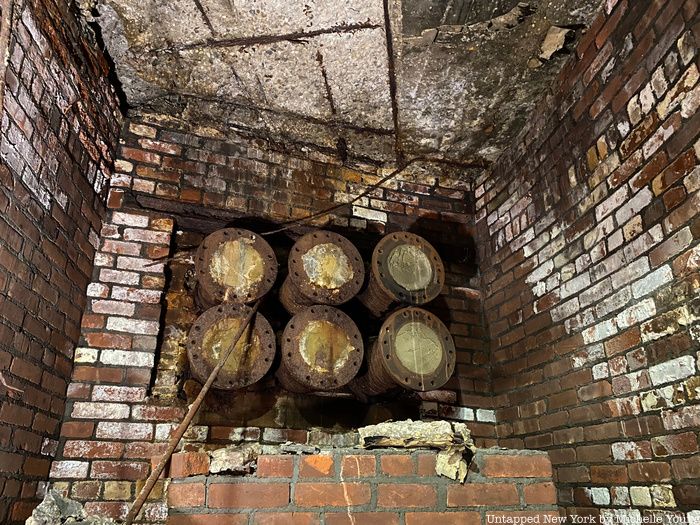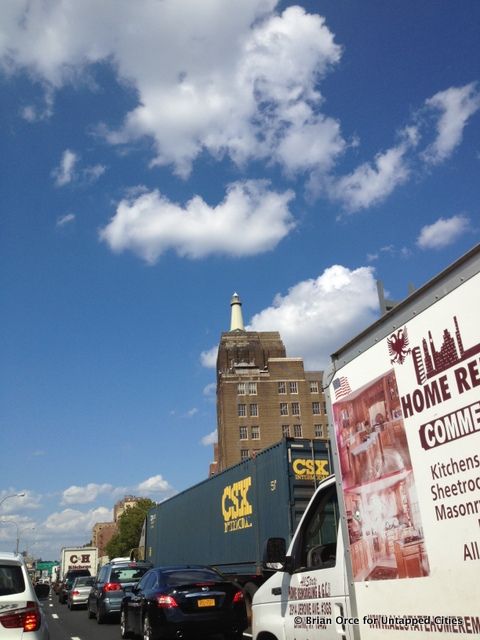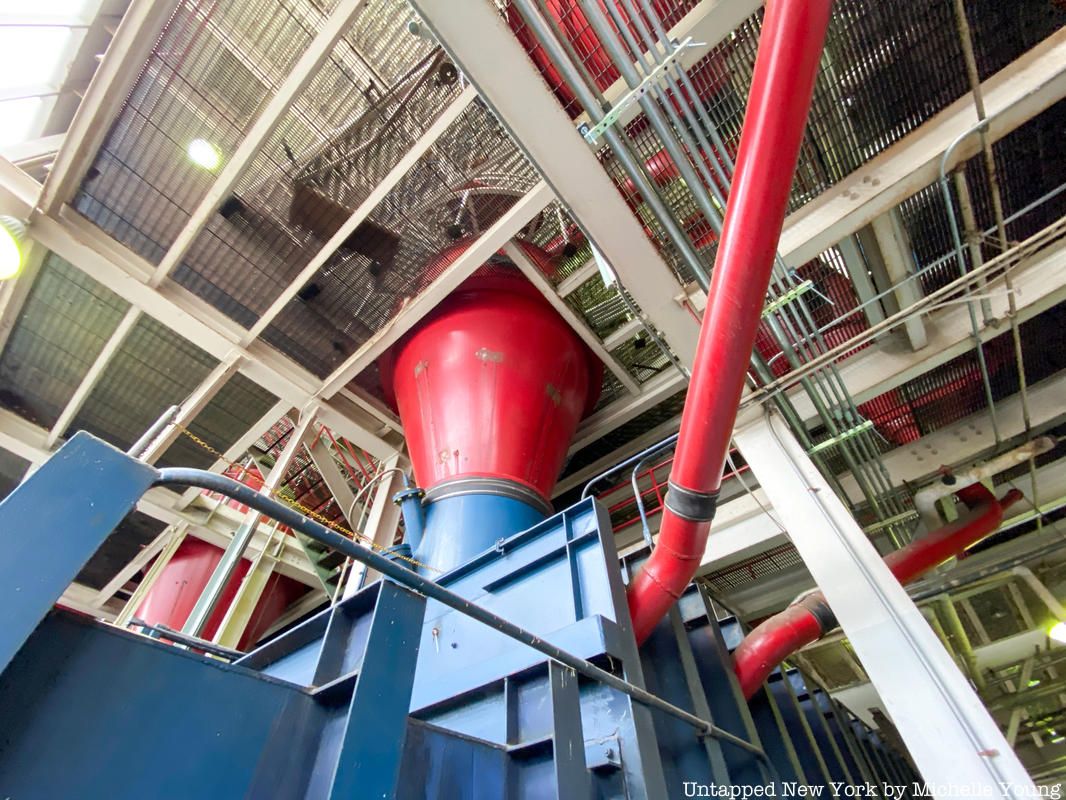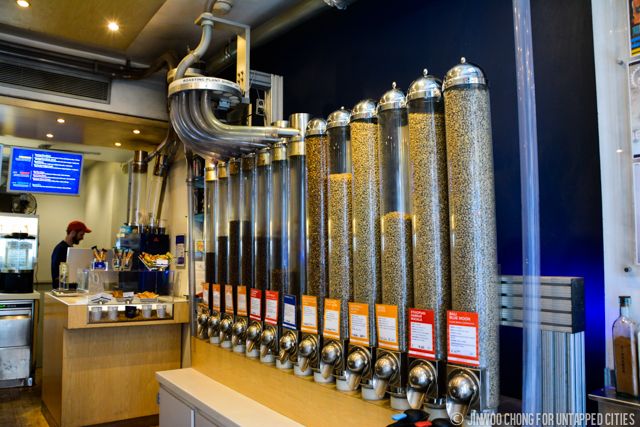After-Hours Tour of the Fraunces Tavern Museum: "Path to Liberty"
Explore a new exhibit inside the oldest building in Manhattan, a witness to history throughout the Revolutionary War Era!


Earlier this month, we found an NYC coffee shop designed to sort, roast, and transport its coffee beans around the store through the use of vacuum-aided pneumatic tubes. Almost two years ago, we found evidence of New York’s pneumatic-tube aided mail system, 27 miles long, connecting 23 post offices, and retired in 1953.
Today, we’ll show you where some remnants of the system are and where pneumatic tubes are still used in the city.

Not only is this Chelsea post office one of the many being put up for sale by the United States Postal Service, it once employed pneumatic tubes for convenience, according to Robert A. Cohen in this article about USPS history. The 1939 building is also listed on the National Register of Historic Places.
As buildings were demolished and rebuilt, parts of the tube system were also destroyed. Kate Ascher notes in The Works that there was a time when remnants of the pneumatic tubes were still being found, but not often any longer. Nonetheless, other buildings in New York City have made use of pneumatic tube technology.

This building, formerly the headquarters of publishing company H.W. Wilson, was fitted with pneumatic tubes to transport memos and other objects. When it became the Tuck-it-Away storage headquarters in November 2012, the quirky lighthouse on top of the building fortunately remained, but it’s unclear if the pneumatic tube system was maintained.

According to Atlas Obscura, the main branch of the New York Public Library still uses pneumatic tubes. Paper requests for books in the stacks of the Humanities and Social Sciences library are sent down via pneumatic tubes to the staff, who locates the needed books and sends them up. With 125 miles of shelving — 88 miles in the seven stack floors of Humanities & Social Science Library and 37 miles in the two-level stack extension under Bryant Park — any form of efficiency is helpful.
According to Atlas Obscura, “So successful is the old pneumatic system in the NY Humanities and Social Sciences library that they installed a new system in the Science, Industry and Business Library on Madison Avenue in 1998.”

Roosevelt Island is home to the only AVAC (Automated Vacuum Collection) system in a residential community. According to NYC-Grid, “AVAC connects all the buildings on [Roosevelt] Island with a series of high-speed pneumatic tubes, which forces trash to fly under resident’s feet at 50 MPH.” Conceived as a utopian solution to minimize street trash and noise from garbage trucks, the AVAC system moves 5.8 tons of trash per day. The system can’t process everything though–large furniture, glass and construction waste are picked up separately. Last year, it was reported that transportation experts were looking at the feasibility of installing AVAC systems for the High Line and the Coney Island Boardwalk through a New York State grant.
The iconic Ansonia Hotel on the Upper West Side also had pneumatic tubes snaking through its walls at one point, which delivered messages between tenants and staff. There also seems to be evidence that the pneumatic tube mail system extended further into Queens and could connect Holmes Airport, the first municipal airport in NYC, to Manhattan. Read more about it here.

This quaint little Chinatown coffee shop was founded in 2007 by its industrial engineer owner, Mike Caswell. It offers seven different types of coffee beans and makes all of its coffee fresh by roasting and grinding in small amounts. The catch? All of it is done through the use of the store’s pneumatic tubes that carry the beans around the store.
Read more about the NYC Pneumatic Tube Mail System. Get in touch with the author @untappedmich.
Subscribe to our newsletter